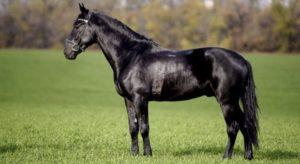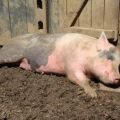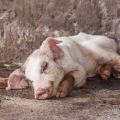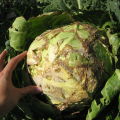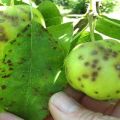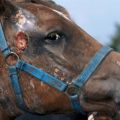Ways of infection and symptoms of equine breeding disease, treatment instructions
It is not easy to survive the illness of your beloved pet. Trouble takes the owners by surprise and requires the mobilization of strength and knowledge. Casual disease of thoroughbred horses is difficult to diagnose and can cause colossal damage to any farm. In this situation, it is important to make the correct diagnosis in a timely manner and begin adequate treatment. Observing the instructions of the veterinarian and the rules of prevention, one can hope for a successful outcome.
What is breeding disease
Accidental disease is a dangerous and unpleasant sexually transmitted disease. The first information about an unprecedented ailment until then appeared in the second half of the 19th century. The puzzled veterinarians had to puzzle for a long time over the cause of the disease. The most incredible assumptions were used. According to experts, the cause of the misfortune could be poor-quality food, lack of vitamins, overweight, an unlimited number of cases, or even chronic colds.
Only in 1894 scientists managed to find the cause of the breeding disease. This simple organism attacks the urogenital system of the horse and parasitizes the mucous membrane of the internal organs for several months. The disease is accompanied by focal inflammation of the internal organs, paralysis of certain parts of the body and damage to the horse's central nervous system. An accidental illness inevitably leads to the loss of offspring in a pregnant mare.
When diagnosing an ailment, the animal is removed from subsequent cases for a period of at least a year. Horses that are kept in herds carry the disease in a mild form. As a rule, they show only some of the symptoms of malaise. A quarter of the total number of herd horses are asymptomatic.
Tribal, high-bred horses experience the disease extremely hard. They have an acute illness. Foals rarely become infected. The parasite enters the body of babies along with mother's milk.
In the 40s of the 20th century, the disease was practically destroyed on the territory of the USSR. The All-Union Institute of Experimental Veterinary Medicine has developed a strategy for combating this insidious disease. A set of measures recommended by scientists helped save thousands of animals from forced destruction.

To date, outbreaks of the disease are found in Africa, Asia and South America. No cases of disease have been registered in Russia. However, the risk of accidental penetration of the disease from abroad cannot be disregarded.
Causative agent of the disease
The culprit of the trouble is the Trypanosoma equiperdum parasite.It is easily transmitted through the genital tract of animals during mating. Experts learned about the existence of the blood parasite in 1894. Trypanosome is dangerous only for donkeys, horses and hybrids. Other pets are not susceptible to the pathogen. Translated from Latin, the name of the parasite sounds like "trypanosome that spoils horses."
Trypanosoma equiperdum enters the animal through sexual contact. The bulk of pathogens are concentrated in the reproductive organs, but sometimes they enter the circulatory system. Blood parasites secrete toxic substances, so the animal's body is subject to general intoxication. Trypanosomes are excellently adapted for survival. They multiply instantly, are not afraid of the cold, but die in low humidity conditions.
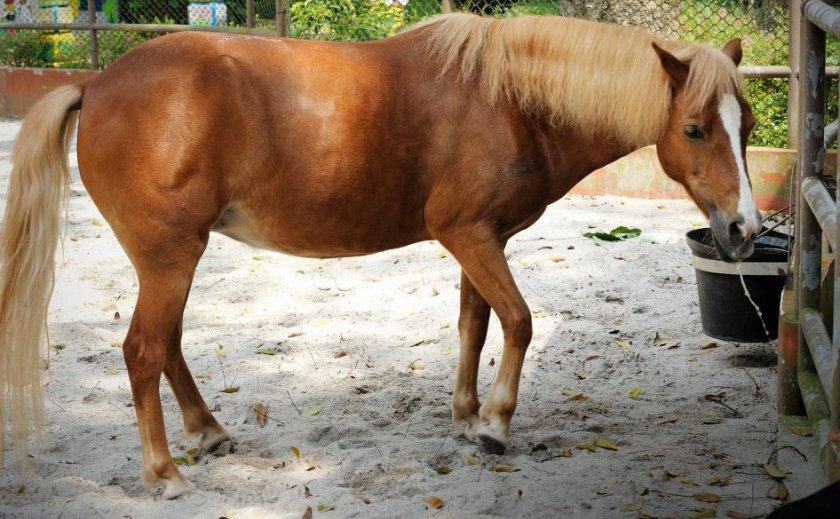
Infection routes
A horse can get the disease naturally, getting infected from an infected animal during mating. The parasite enters the body through semen and other secretions. Particularly dangerous are infected horses that carry the disease without severe symptoms. Another way of possible infection is mechanical. Trouble happens due to the negligence of the person. Infected bandages, tools and other items used for artificial insemination of animals can become a source of infection.
Disease symptoms
Accidental illness develops gradually. The incubation period usually lasts 60-90 days. In cold climates, symptoms of the disease are mild, so outbreaks of infection are usually not recorded.
The period of development of the disease can be roughly divided into 3 stages. They can take place in different sequences. Sometimes a sick horse shows only 1-2 symptoms characteristic of this ailment. In the absence of timely diagnosis and treatment, the animal displays symptoms characteristic of each of the 3 stages of the disease.

Edema period
During this period, edema of the genitals is observed in pets. The udder and the lower abdominal wall in mares increase in size. When feeling the swollen tissues, the animal does not experience painful sensations. Sores and small nodules appear on the skin of the genitals. After the disappearance of the formations, light spots remain. The mucous membrane of the genitals is subject to the same changes. A yellowish-bloody substance is released from the genital tract of infected animals. The pet is feeling normal, but sometimes there are signs of a slight fever.
Stage of cutaneous manifestations
The appearance of skin lesions is more typical for horses that are kept in stables. Ring-shaped swellings appear on the surface of the animal's body. They are known to specialists under the name "thaler plaques". Often the skin of the animal is covered with a rash. In appearance, the rash is similar to hives.
The affected parts of the body become very sensitive, so the pet avoids touching. The horse is plagued by frequent urge to urinate. The animal is rapidly losing weight, becomes nervous and irritable. A pregnant mare usually loses its fetus.
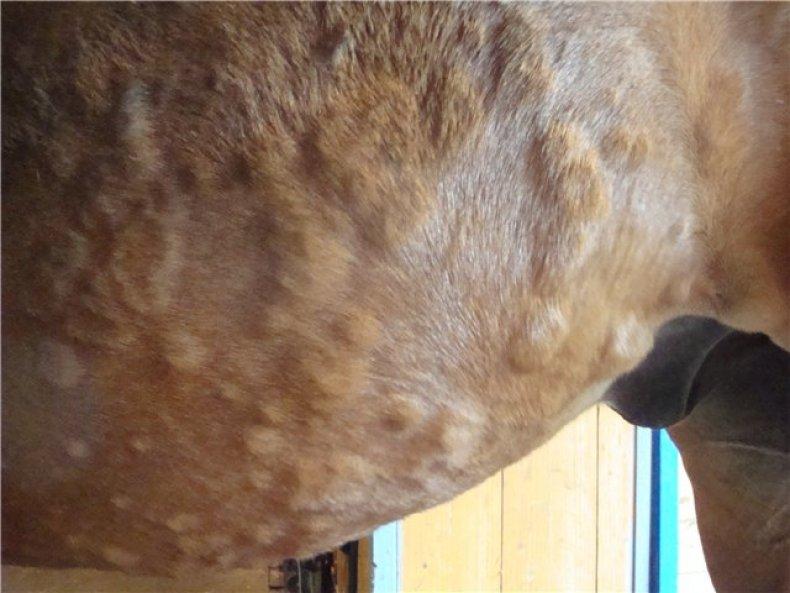
Paralysis period
Symptoms characteristic of period 3 signal a sharp deterioration in the pet's condition. The animal undergoes paresis and paralysis of muscles and motor nerves. The horse has sagging ears, curvature of the lips or deformity of the eyelid.
When the nerve of the lumbar zone is damaged, the muscles of the hind limbs and croup atrophy. The horse limps and makes squatting movements when walking. Due to the weakness of the hindquarters, the horse is constantly in a lying position, it is no longer able to rise. As a result, bedsores appear on the animal's body.The exhausted horse is overtaken by general paralysis and, as a natural result, death.
Diagnostic methods
Already at the stage of the appearance of edema of the genitals, the animal must be carefully examined in order to exclude the likelihood of a dangerous disease. To establish a diagnosis, specialists carry out a number of activities:
- Clinical researches.
- Serological test method.
- Microscopic analysis.
To detect parasites in infected individuals, scrapings from the mucous membrane of the genital organs are taken for analysis. Sick horses have low erythrocyte and hemoglobin counts, while leukocyte counts are high.
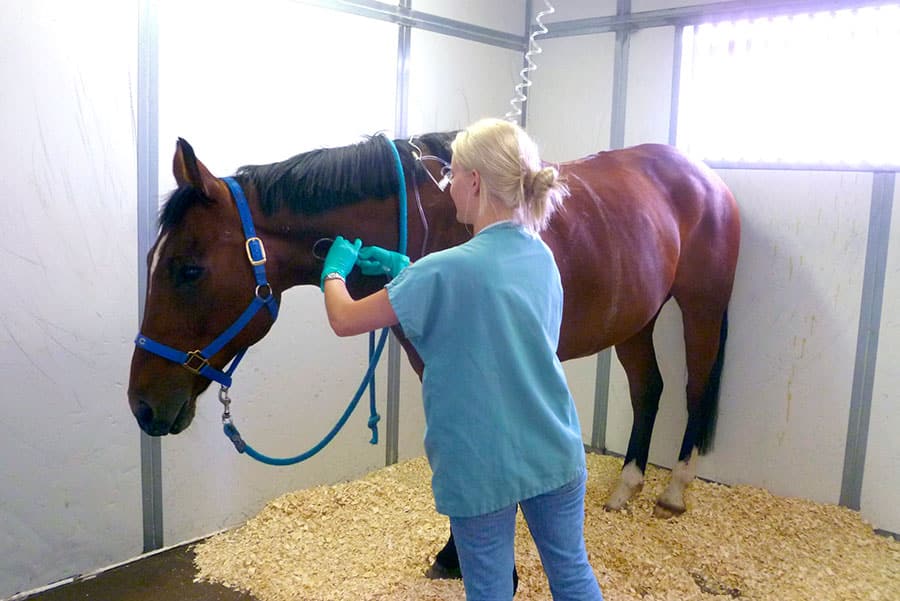
In addition to the described diagnostic methods, specialists find out how the animal was infected and check the records of the mating performed. Horses previously in contact with infected animals are examined three times. At an interval of 30 days, pets undergo clinical, microscopic and serological tests.
The examined animals are divided into groups:
- sick;
- individuals suspected of being infected;
- completely healthy.
Breeding disease treatment
For the treatment of horses, the drug Naganin is used. The animal is weighed before starting therapy. The instructions for use of the drug contain information on the method of preparation of the solution for intravenous administration. The dosage is calculated from a ratio of 0.01-0.15 per kg of horse weight. As drugs of a new generation, Sovarsen, Antimozan, Fuadin are used.
The main treatment is supplemented with cardiac and supportive medications. Sick pets are transferred to enhanced nutrition.
Preventive actions
To prevent breeding disease, experts adhere to the rules:
- Before mating, the animals are carefully examined using the method of serological analysis. The stallions are re-examined after the end of the breeding period.
- Healthy stallions are given a prophylactic injection with Naganin.
- Artificial insemination stations for mares are being set up.
- Stallions not suitable for breeding are castrated.
- Adult stallions are kept separate from mares of fertile age. Restrictions also apply to recently castrated animals.

